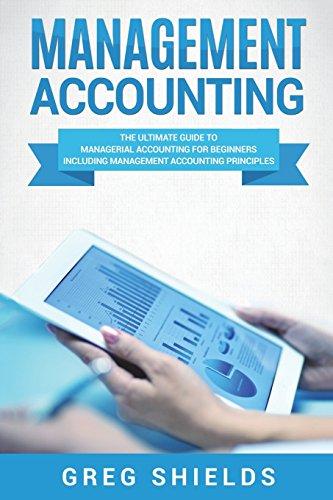Question
The table below shows the payoffs to an investor and a manager in a one-period non-cooperative game. The managers strategies are to manage earnings opportunistically
The table below shows the payoffs to an investor and a manager in a one-period non-cooperative game. The managers strategies are to manage earnings opportunistically or not manage earnings. If he manages earnings, the earnings management will eventually be discovered, and the payoffs shown below include the consequences. The investor, a current shareholder, can either continue to hold her shares or sell them.
For each of the table cells with numbers, the first number represents the utility payoff to the investor and the second number represents the utility payoff to the manager.
Manager
|
|
| No Earnings Management | Opportunistic Earnings Management |
|
| Hold | 31, 21 | 11, 51 |
| Investor |
|
|
|
|
| Sell | 13, 9 | 16, 11 |
Required
- Identify the Nash equilibrium of this game and state why it is an equilibrium.
- To reduce opportunistic earnings management, an accounting standard setter plans a new standard to expand full disclosure and financial reporting transparency, including improved disclosure of low persistence items. If the standard is implemented, the payoffs to the game will be as follows:
Manager
|
|
| No Earnings Management | Opportunistic Earnings Management |
|
| Hold | 31, 16 | 21, 19 |
| Investor |
|
|
|
|
| Sell | 13, 9 | 16, 11 |
Identify the Nash equilibrium of this one-period game. State whether the new standard will be effective based on the predicted outcome of this game.
Step by Step Solution
There are 3 Steps involved in it
Step: 1

Get Instant Access to Expert-Tailored Solutions
See step-by-step solutions with expert insights and AI powered tools for academic success
Step: 2

Step: 3

Ace Your Homework with AI
Get the answers you need in no time with our AI-driven, step-by-step assistance
Get Started


